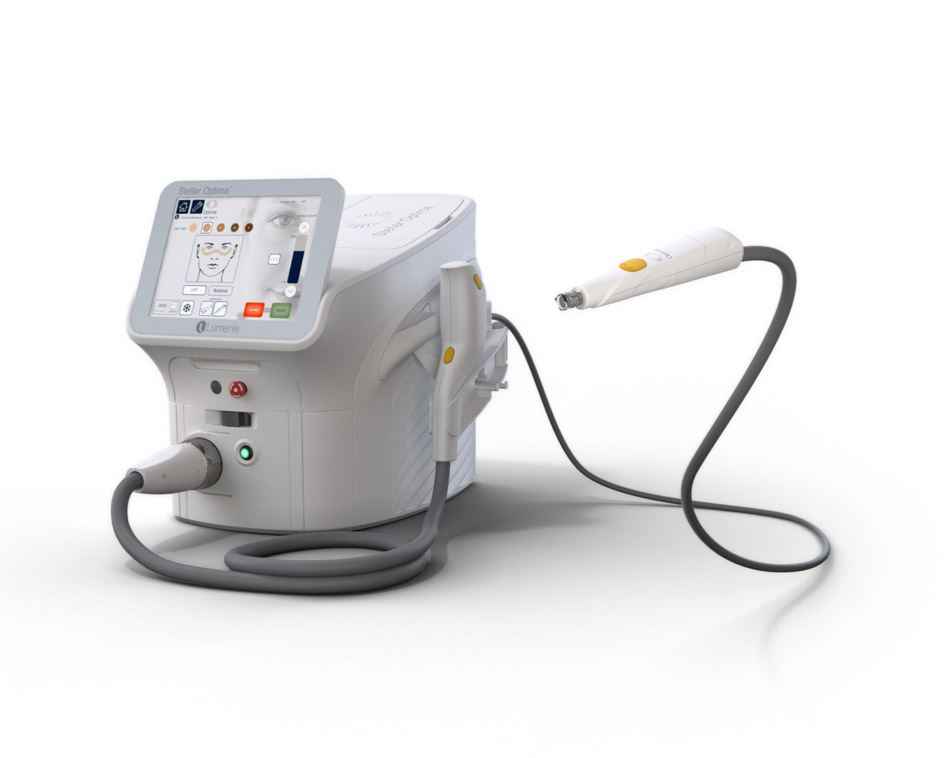
A select few Accredited Dry Eye Centers of Excellence in the country are now able to offer dry eye sufferers a revolutionary treatment called Intense Pulsed Light Therapy (IPL). This mild non-invasive treatment allows us to target the most common underlying causes of Dry Eye Syndrome like ocular rosacea, blepharitis, and meibomian gland dysfunction, rather than just treating the symptoms.
Performed in the eye doctor’s office, IPL is a painless procedure. The IPL shield is applied to protect the eyes from the light and then a thin layer of cooling gel is applied to the treatment area. A small handheld device will be used to administer pulses of light to the cheek and surrounding area.
Doctors believe IPL improves the function of eye glands that help lubricate the eye. Hundreds of patients have reported their eyes feel better and their vision has improved after IPL therapy.

Treatments are repeated once a month over the course of four months, though significant improvement is seen in most cases with one or two treatments. After the initial treatment, most patients report some improvements in their symptoms. Depending on the severity of the dysfunction, some patients may need fewer treatments, while others may need more. All patients need maintenance therapy at least once a year.
Home treatment options such as artificial tears, warm compresses, lid scrubs or medicated drops only treat the symptoms of dry eye – not the actual condition. So while they may offer temporary relief, they won’t make the problem go away.